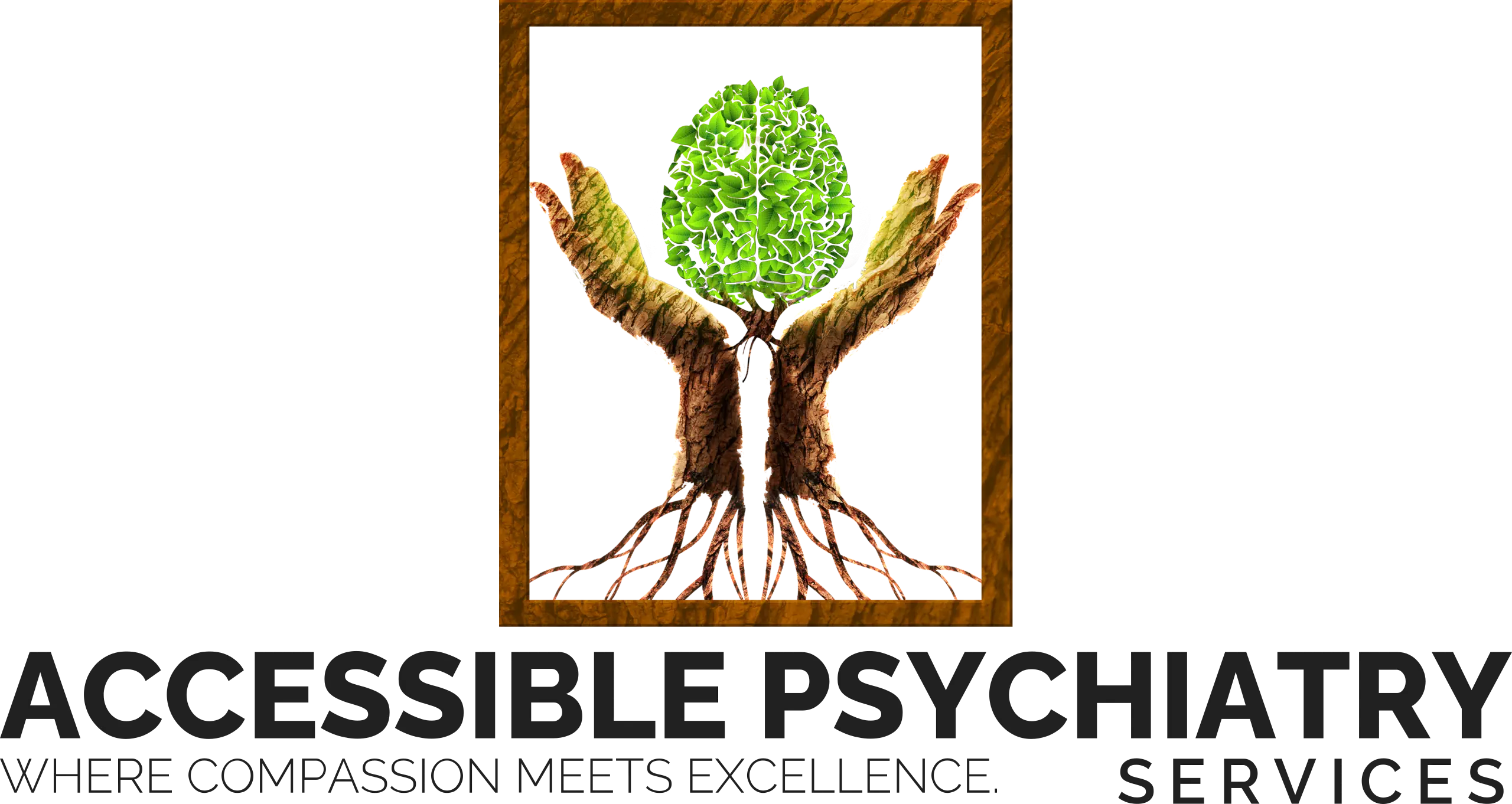Treatment of Panic Disorder
Fortunately, there are ways to prevent panic attacks that can be achieved by using medications, psychotherapy, or a combination of both. The duration of treatment depends on the severity of the condition and the response to treatment.
Obsessive-compulsive Disorder
Obsessive-compulsive disorder (OCD) is a medical condition that is characterized by excessive unwanted thoughts (obsessions) that cause significant anxiety, which may result in repetitive behaviors (compulsions) to decrease that anxiety.
The term OCD is often used rather casually, like when a person is characterized as being too “rigid” wanting to do things a particular way. Many of us may exhibit OCD-like symptoms occasionally, but most of us can handle these symptoms and get on with our daily lives. A diagnosed case of OCD, however, is much more nuanced, severe, and complex.
OCD is diagnosed by the presence of obsessions and compulsions that are time-consuming (sometimes up to several hours a day), cause significant distress, and interfere with social or occupational functioning. Particular themes are often emphasized or exaggerated in OCD. For example, when a person is constantly afraid of being infected by germs, this may lead them to spend hours washing their hands excessively until their hands are chapped and sore. It is often recommended to seek professional help when the obsessions or compulsions take over your life, impact everyday activities, or trigger extreme anxiety throughout the day.
Treatment of OCD
We work to find the appropriate medication and therapy for people with OCD based on various factors such as age, symptoms, and severity. Specialized OCD treatment typically results in a better quality of life and improved functioning for patients. In addition to a better quality of life, the treatment will enable them to work, attend school, and participate in leisure activities without disruptions.
Post Traumatic Stress Disorder (PTSD)
Post traumatic stress disorder (PTSD) occurs when the brain struggles to deal with anxious feelings and thoughts after experiencing or witnessing a traumatic event, or series of events, that is perceived to be life threatening. PTSD is often associated with veterans, but 50% of all people will experience a traumatic event at least once in their lifetime, and 20% of those people will develop PTSD.
After experiencing a traumatic event, such as being in a major car accident or being the victim of a burglary or sexual assault, it is entirely normal to react with shock, anger, nervousness, fear, and possibly even guilt. Typically, these reactions subside over time. However, a person may continue to experience intense feelings and have disturbing thoughts long after the trauma has passed, which interferes with their daily lives. In that case, they may have PTSD and should seek psychiatric treatment.
Treatment of PTSD
Psychological and biological reactions to trauma can be intense and painful. Some people live their lives with few or no symptoms, while for others, the intensity and pain persist. Traumatic psychological wounds can be challenging to treat with medication alone, so the most effective treatment usually involves both medication management and psychotherapy.
Generalized Anxiety Disorder
Generalized anxiety disorder causes people to worry uncontrollably about everyday events and situations at a level that is out of proportion to their severity.
When faced with stressful situations, we are likely to feel anxious or worried. However, if you have extreme anxiety or worries that negatively impact your life, we recommend seeking treatment.
Treatment of GAD
Generalized anxiety disorder may occur in children or adults. Treatment can be a long-term process for many people because the topic of worries often changes over time. However, successful treatment helps reduce anxiety by enhancing mental and physical wellbeing. It also increases engagement with people, places, and situations that previously caused anxiety. Medication and psychotherapy are often used together to treat or improve the symptoms of this condition.
Get in Touch 
Our mission is to provide you with quick access to excellent mental health services in a compassionate and safe environment. Our goal is to improve quality of life for you and your family.

